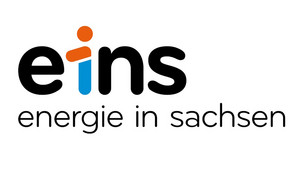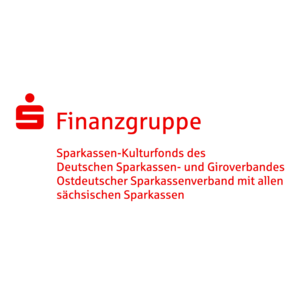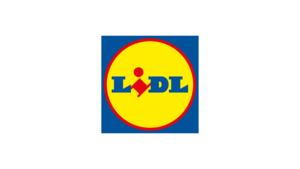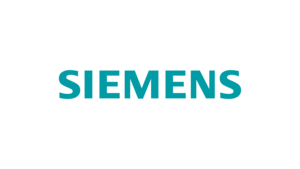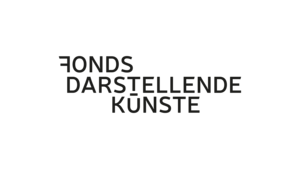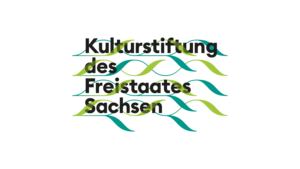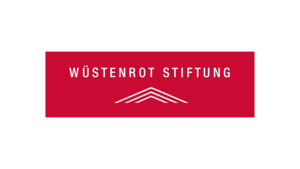Tony Cragg: Stack
Aue-Bad Schlema
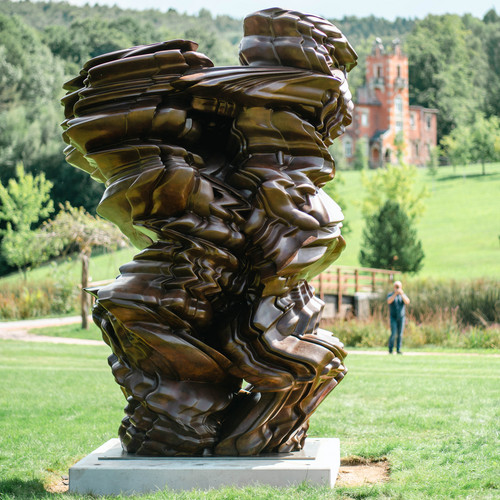
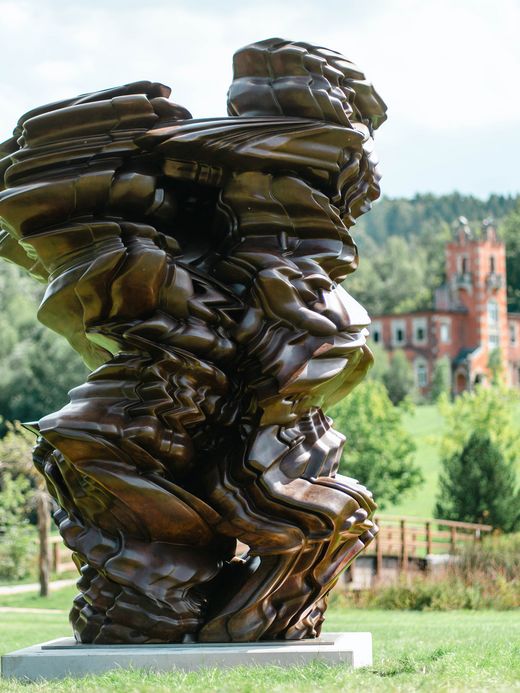
The patinated bronze of the abstract sculpture Stack by Tony Cragg ,who was born in Liverpool, England in 1949 and now lives in Wuppertal, recalls natural phenomena such as weathered rock, planed wood and volcanic plumes of smoke. The layered geometric forms and shapes, which are replicated, rotated and expanded to create dynamic structures, also bring to mind geological models, digital data visualisations and image reproductions of a scanning electron microscope.
The iconic stacks, which Cragg has repeatedly modified in his work since the 1970s, have their artistic origins in the geometrically stacked legacies of industrial society, which are “keys to a past time that is our present” (Tony Cragg, 1987). The sculptures by the Turner Prize winner and frequent documenta exhibitor evoke a state somewhere between nature and artificiality in a world of “semi-finished products” (Vilém Flusser).
Created in 2019 and located in the Kurpark (spa gardens) in Bad Schlema, which was reconstructed after German reunification in 1990, the Stack sculpture is situated right next to the former Wismut 7b shaft, from which uranium ore was mined at depths of up to 278 metres after 1947. The Soviet-German company Wismut AG extracted around 60% of the uranium ore required for its bomb production and nuclear power plants – including Chernobyl – from the Erzgebirge and Thuringia, destroying spas, villages and the natural environment in Bad Schlema.
Cragg’s “Stack” reflects this history while also bringing to mind Hans Hesse’s sixteenth-century depiction of the Earth’s strata in his Annaberger Bergaltar paintings.
(Text: Alexander Ochs / Ulrike Pennewitz)
Tony Cragg
Stack
In Aue-Bad Schlema, Kurpark
Material: Bronze patinated
Size: 380 x 263 x 202 cm
Set up with the support of the town of Aue-Bad Schlema.
Address:
Kurpark Aue-Bad Schlema
8301 Aue-Bad Schlema
Starting point: turning point at the spa gardens
to the location on Google Maps
Despite ongoing construction work until around the end of 2026, the artwork ‘Stack’ by Tony Cragg in the Kurpark Aue-Bad Schlema is still open to the public. Please follow the signposting.
There is a lot to discover at the PURPLE PATH! Experience tips presented by the Tourismusverband Erzgebirge e.V.



